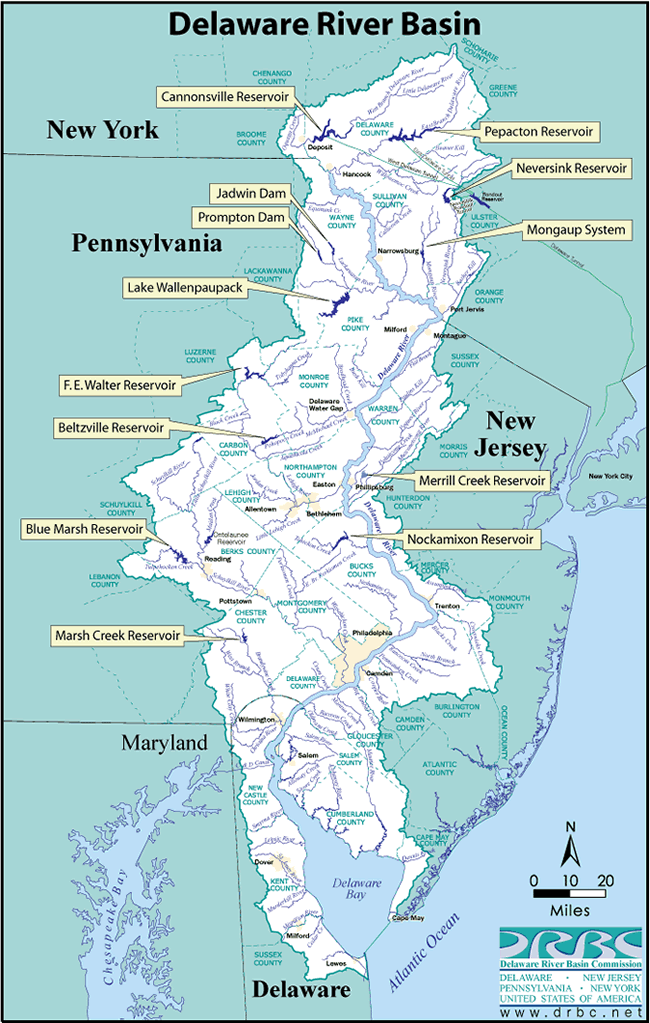Hydraulic Fracturing Risks and Opportunities
April 19, 2012
News and Views on Environmental & Toxic Tort Federal and State Legal Issues and Developments
April 19, 2012
 On April 18, 2012, Winston & Strawn and the Environmental Law Institute co-hosted an informative seminar on, “Hydraulic Fracturing Risks and Opportunities: Regulator, NGO, Industry and Investor Perspectives,” in New York City. The meeting was expertly chaired by May Wall, a partner in the law firm’s Environmental Law Department in Washington, D.C. The panelists included Kate Sinding, an NRDC Senior Attorney and Deputy Director of NRDC’s New York Urban Program; John Imse, a principal at Environ in Denver, who advises clients in the oil and gas industry; Lawrence A. Wilkinson, an analyst with Standard & Poor’s Oil & Gas Team; and Carol P. Collier, the Executive Director of the Delaware River Basin Commission. All four speakers were knowledgeable, informative and articulate. Unfortunately, there is insufficient space here to summarize all of the speakers’ discussion points.
On April 18, 2012, Winston & Strawn and the Environmental Law Institute co-hosted an informative seminar on, “Hydraulic Fracturing Risks and Opportunities: Regulator, NGO, Industry and Investor Perspectives,” in New York City. The meeting was expertly chaired by May Wall, a partner in the law firm’s Environmental Law Department in Washington, D.C. The panelists included Kate Sinding, an NRDC Senior Attorney and Deputy Director of NRDC’s New York Urban Program; John Imse, a principal at Environ in Denver, who advises clients in the oil and gas industry; Lawrence A. Wilkinson, an analyst with Standard & Poor’s Oil & Gas Team; and Carol P. Collier, the Executive Director of the Delaware River Basin Commission. All four speakers were knowledgeable, informative and articulate. Unfortunately, there is insufficient space here to summarize all of the speakers’ discussion points.
John Imse emphasized how horizontal drilling evolved from the development of “game-changing technology,” which has spurred significant changes in the gas exploration industry. As a result of new technology, there may be multiple horizontal wells drilled and developed from a single pad location – four to eight wells from a single drilling pad is not uncommon. Each well may have from as few as four to as many as twenty fracturing intervals. According to Imse, “these are not your wildcat wells of the early twentieth century,” but represent highly sophisticated technology.
Imse also discussed the evolving environmental consciousness of the gas exploration industry. He emphasized that “protective steel casing” and “a good cement job” is critical to a well’s success. Contrasting prior poor practices with current practices, Imse described the construction of drilling pads as “highly engineered sites” with liners and berms for spill control, and structural panels on working surfaces to protect the integrity of the liner. He emphasized the evolving consciousness concerning materials management, including the handling of chemicals in large volume containers; spill containment and secondary containment; and on-site 24/7 spill response.
To date, thirteen states have enacted statues requiring disclosure of fracking chemicals used by industry. These thirteen states account for 90% of current gas drilling, according to Imse. In response to pressure by the public and environmentalists, the additives used in fracking have evolved to “more green and more benign components.” For example, Halliburton is increasingly using guar-based gels and food grade mineral oil carriers, and less diesel for fracking.
There are a number of new web-based resources available to the industry. For example, the University of Colorado Natural Resources Law Center has assembled a compilation of Best Management Practices, which Imse strongly recommends as a reference.
Carol R. Collier, the Executive Director of the Delaware River Basin Commission, discussed the importance of the Delaware River Basin to New York City, which extracts 8.7 billion gallons of water per day. Collier’s “bosses” are the governors of the four states that comprise the Delaware River Basin – Pennsylvania, New Jersey, New York and Delaware. Significant portions of Marcellus Shale underlie portions of the Delaware River Basin. Water withdrawal from the Delaware River Basin is a significant concern. In addition to the 100,000-500,000 gallons of water extracted during the drilling of the well, another 5,000,000 gallons of water is withdrawn during the production life of each well.
Kate Sinding, a Senior Attorney with NRDC, discussed the highly charged political backdrop to the fracking controversy. According to Sinding, experiences in Pennsylvania over the past three to four years have given rise to much of the current environmental debate. Fracking has challenged the long held assumption that natural gas is a more environmentally benign fuel than coal, an assumption that is now coming under fire. Sinding expressed concern about environmental issues that she believed were “not amenable to best practices.”